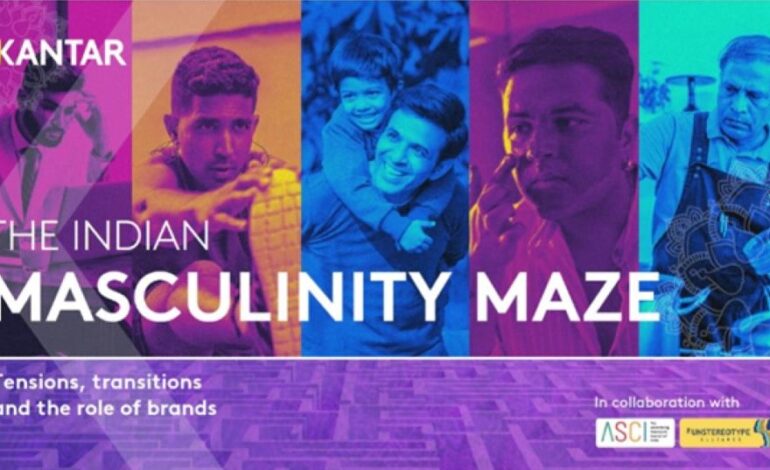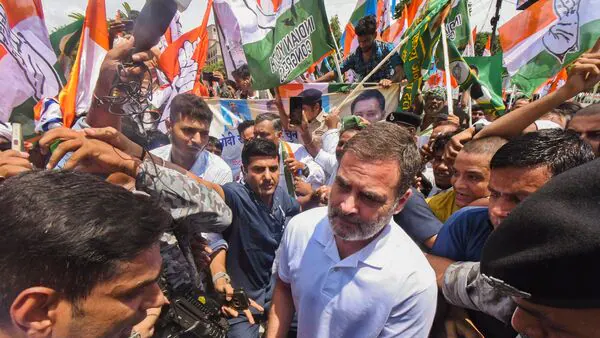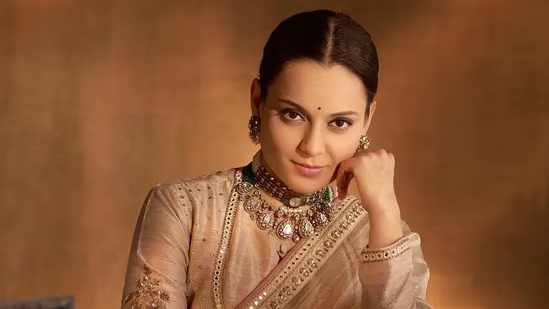Kantar Launches ‘The Indian Masculinity Maze’, Calls on Advertisers to Rethink Male Portrayals for Better Business & Social Outcomes

The study reveals that younger generations, particularly Gen Z, are more emotionally expressive and open to shared domestic roles. However, advertising remains trapped in rigid masculine tropes, frequently depicting men as stoic, dominant providers.
Mumbai, July 17: In a bold step towards transforming gender representation in Indian advertising, Kantar India, in collaboration with the Advertising Standards Council of India (ASCI) and UN Women’s Unstereotype Alliance, has launched “The Indian Masculinity Maze”—a groundbreaking report that challenges outdated portrayals of men in media and urges brands to align with evolving realities of Indian masculinity.
The report, based on a nationwide survey of 880 urban men aged 18–45 and a content analysis of over 450 TV advertisements across 150 channels and 12 languages, highlights a growing disconnect between the complex identities of modern Indian men and their representation in mainstream advertising.
“This report isn’t about rewriting masculinity overnight. It’s about recognising where men are today—often caught between tradition and transition—and helping brands engage with that complexity in a way that’s both commercially smart and culturally sensitive,” said Prasanna Kumar, Executive Vice President at Kantar and co-author of the report.
Key Findings: Masculinity in Transition, Advertising Out of Step
The study reveals that younger generations, particularly Gen Z, are more emotionally expressive and open to shared domestic roles. However, advertising remains trapped in rigid masculine tropes, frequently depicting men as stoic, dominant providers.
71% of respondents agree with the outdated belief that “real men don’t cry”.
41% of Millennials and 31% of Gen Z men feel negatively represented in advertising.
Male characters showing emotional care or respect toward women appeared in only 6% of ads, while 94% of ads failed to challenge traditional male roles.
Just 1% of ads depicted men in household or caregiving roles, despite a growing trend among men to share such responsibilities at home.
The Business Case: Inclusive Portrayals Drive Profit
Kantar’s ad effectiveness database, LINK, shows a clear commercial upside for brands that break stereotypes:
Ads portraying emotionally nuanced male characters led to a +63 point lift in long-term brand equity and a +44 point increase in short-term sales likelihood.
Brands that test their ads with inclusive male audiences performed significantly better, especially in personal care and homecare categories.
“This isn’t just a cultural miss; it’s a commercial one,” said Soumya Mohanty, Managing Director & Chief Client Officer, South Asia, Kantar. “Brands that get masculinity right are building stronger brand equity and market impact.”
Gen Z: Open-Minded but Underserved
The report warns advertisers not to overlook Gen Z, who represent an evolving, yet often stereotyped, demographic:
Over 60% say ads overemphasize confidence, control, and appearance.
48% feel grooming is portrayed with undue pressure, while 32% note underrepresentation in parenting roles.
“Gen Z is not a monolith,” the report states, emphasizing their internal conflict between tradition and modernity—one that current advertising fails to reflect.
Industry Collaboration to Reform Advertising
Manisha Kapoor, CEO and Secretary General of ASCI, said:
“We are pleased to associate with Kantar on this report to deepen the conversation around progressive male representation. Moving beyond superficial portrayals is key to creating meaningful, inclusive advertising.”
Kanta Singh, Country Representative (interim) of UN Women India, added, “Achieving gender equality and inclusion requires the meaningful engagement of all genders. This report equips marketers to challenge stereotypes and promote narratives that resonate with contemporary aspirations.”
Six Strategic Imperatives for Brands
To bridge the gap between representation and reality, the report lays out six clear actions for advertisers:
Portray Real Lives – Reflect men’s everyday struggles, not just idealized versions.
Represent Shared Roles – Normalize caregiving and emotional presence.
Focus on Emotional Journeys – Show vulnerability, uncertainty, and growth.
Test Inclusively – Involve diverse male voices in ad development.
Model Contemporary Masculinity – Balance strength with empathy and reflection.
Explore Unmet Needs – Address areas like health, identity, and well-being.
With The Indian Masculinity Maze, Kantar, ASCI, and UN Women aim to spark a long-overdue shift in how men are portrayed in Indian advertising—encouraging a more inclusive, authentic, and effective creative landscape.








